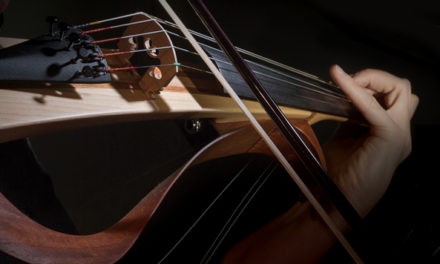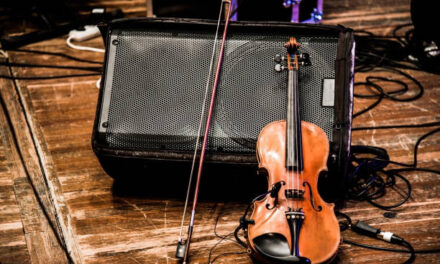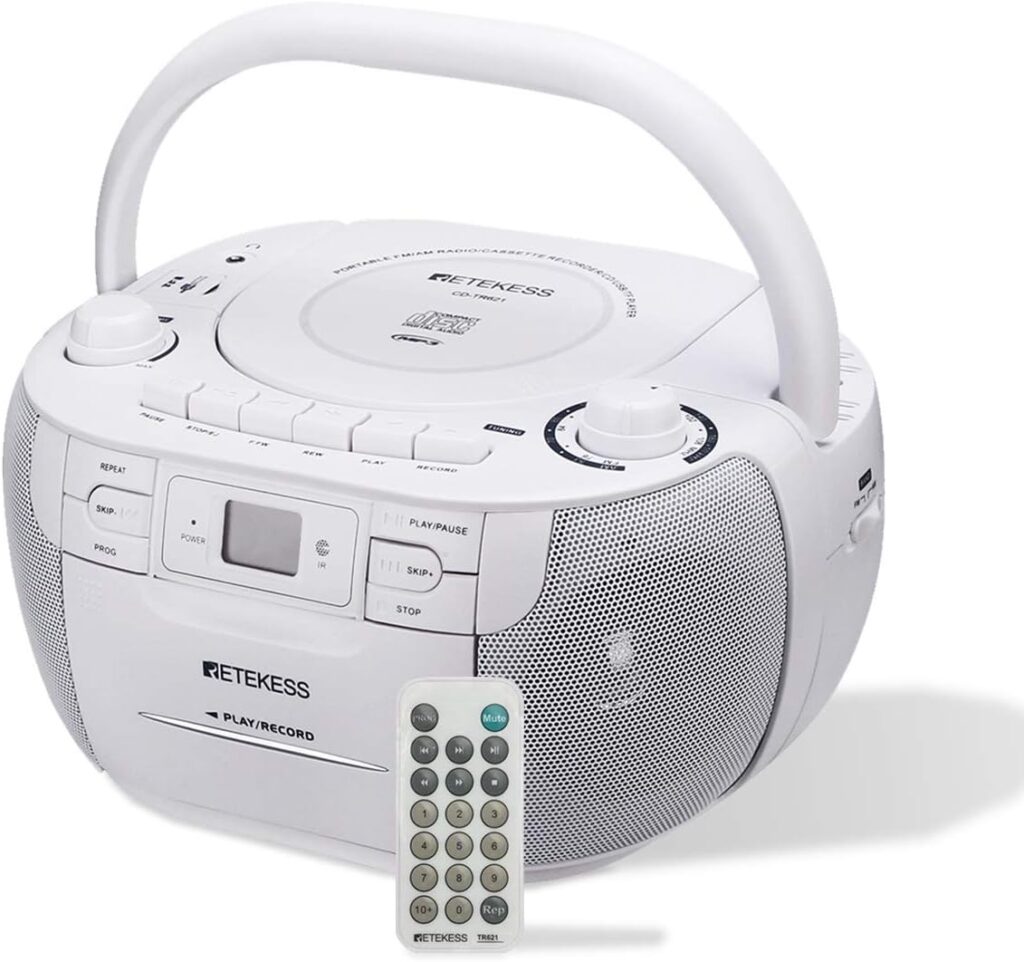So you have finally decided to pick violin among all other instruments, but you do not want spend too much on the very first one, and you get a $100-ish student violin package with everything included — case, bow, rosin, tuner, sometimes even a stand! A great deal isn’t it? Yes but come with tradeoffs — If you can buy such a bundle with so little money, you should lower your expectation on the violin and be prepared to have some hard time tuning it. Peg slip, string snap happens more frequently on a student violin — partly because the inferior quality of instruments themselves, and partly due to the amateur tuning by newbies like you . If the above description fit your situation, read on and find out how you tune your first ever violin smoothly and correctly.
Before Tuning:
- Know the pitch. This may sound absurd, but many people tune violin without knowing which note to tune to, it is nothing wrong to check&test the violin and make sure everything is working fine, but do not tune it or string will break for sure.
- Understand your tool. There are a few tuning tools you can use to tune a violin. If you have a piano, you can use it to tune, or a digital tuner is usually what is recommended, you can also go the old fashion way and use a pitchpipe or tuning fork, but no matter which tools you choose, refer to rule 1, know your pitch first before tuning.
- Check Bridge Placement. You don’t want bridge to accidentally snap or lean out of position while tuning. Make sure the bridge stands in the middle of two f-holes and is edge facing the tailpiece form a 90 degree angle. You may want tilt it just a little(under 5 degree) toward the tailpiece and when strings tightened the bridge will be pulled toward the pegbox in a perfect 90 angle.
- Rewind your strings(if necessary). When you get the violin, take a look at peg box and see if strings are winded appropriately, if you find strings loops Interlaced or different strings touching, you would want to rewind it. Wind the first loop of the string toward the pointy end of the peg and the next loop in the opposite direction, over top of the first loop. Winding over the first loop in this way will “tie” or “lock” the string onto the peg and help keep the string from slipping. Keep winding away from the pointy end of the peg, making a neat row of coils, until the string is the correct length.

While Tuning:
- Tune the “A” First. Because the tension of your violin strings influence the entire instrument, even holding the soundpost in place, each change that you make to one string will have a slight impact on all of the others. Tune violin stings in this order: A, D, G, E, and then check each string and keep adjusting as needed.
- Tune from Low to High. You want to gradually increase the tension to the correct pitch (bring it up), rather than trying to loosen your string (go lower). Loosening is less easy to control, and the frequency is exact.
- Adjust along the way. As mentioned,each change that you make to one string will have a slight impact on all of the others you should never tune one string all the way before making adjustments to the others. It won’t work. Tuning with violin pegs involves a series of balanced steps, gradually bringing each string to pitch along with the others.
- Use Your Fine Tuners If The Pitch Is Less Than A Single Semitone. Beginners must be extremely careful when using tuning pegs, and when the pitch is less than a half-step away, use your fine tuner located on the tailpiece.

After Tuning:
- New Strings Require Frequent Tuning. When you place a new set of stings on your violin, remember that they will need a number of tunings at first so the strings are well stretched to hold a steady notes. Remember to be gentle and patient to the new strings, as you want to be treated and newbie.
- Check the pitch everytime before you play. Strings are under tremendous of pressure ALL THE TIME, do not be surprised if you find G string slightly off the next morning. If you practice with high frequency and strings are settled well, you may just need to make minor adjustment using fine tuners. But if it has been sitting aside for weeks or even month, be prepared to spend sometime getting it back in tune.






